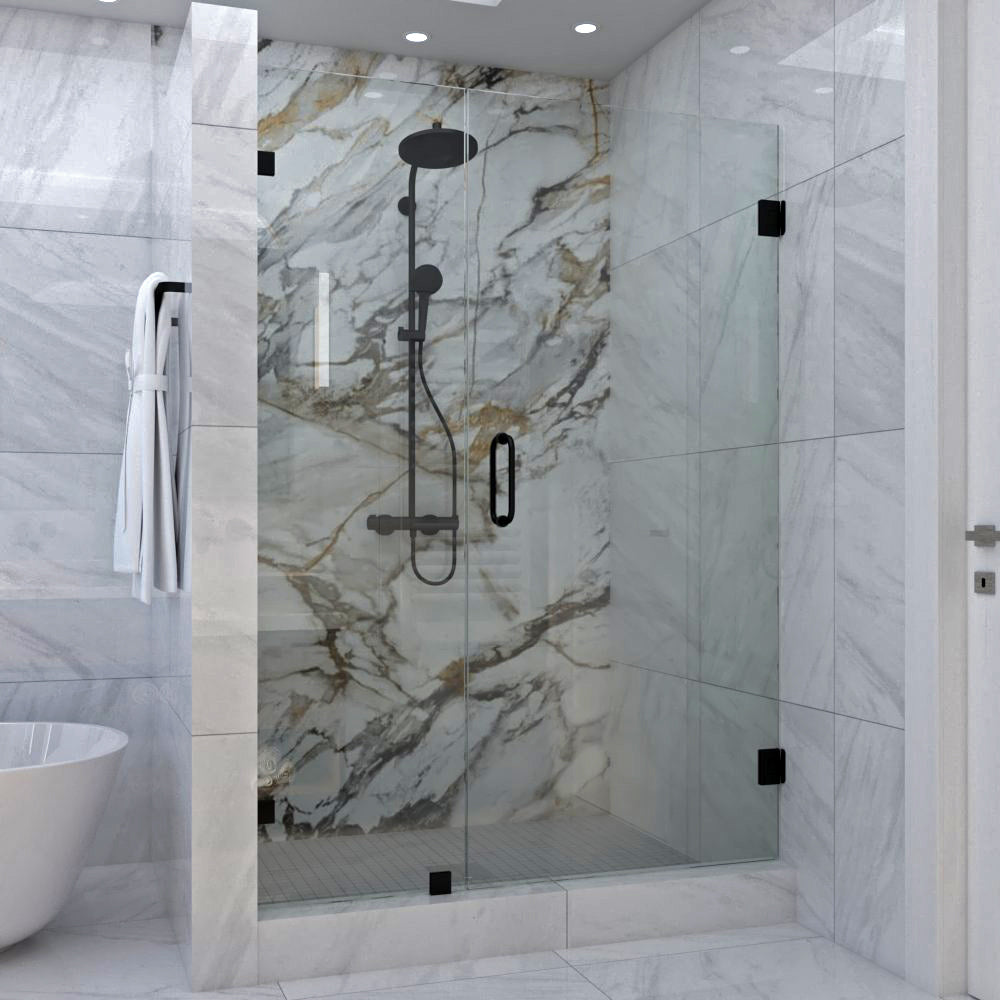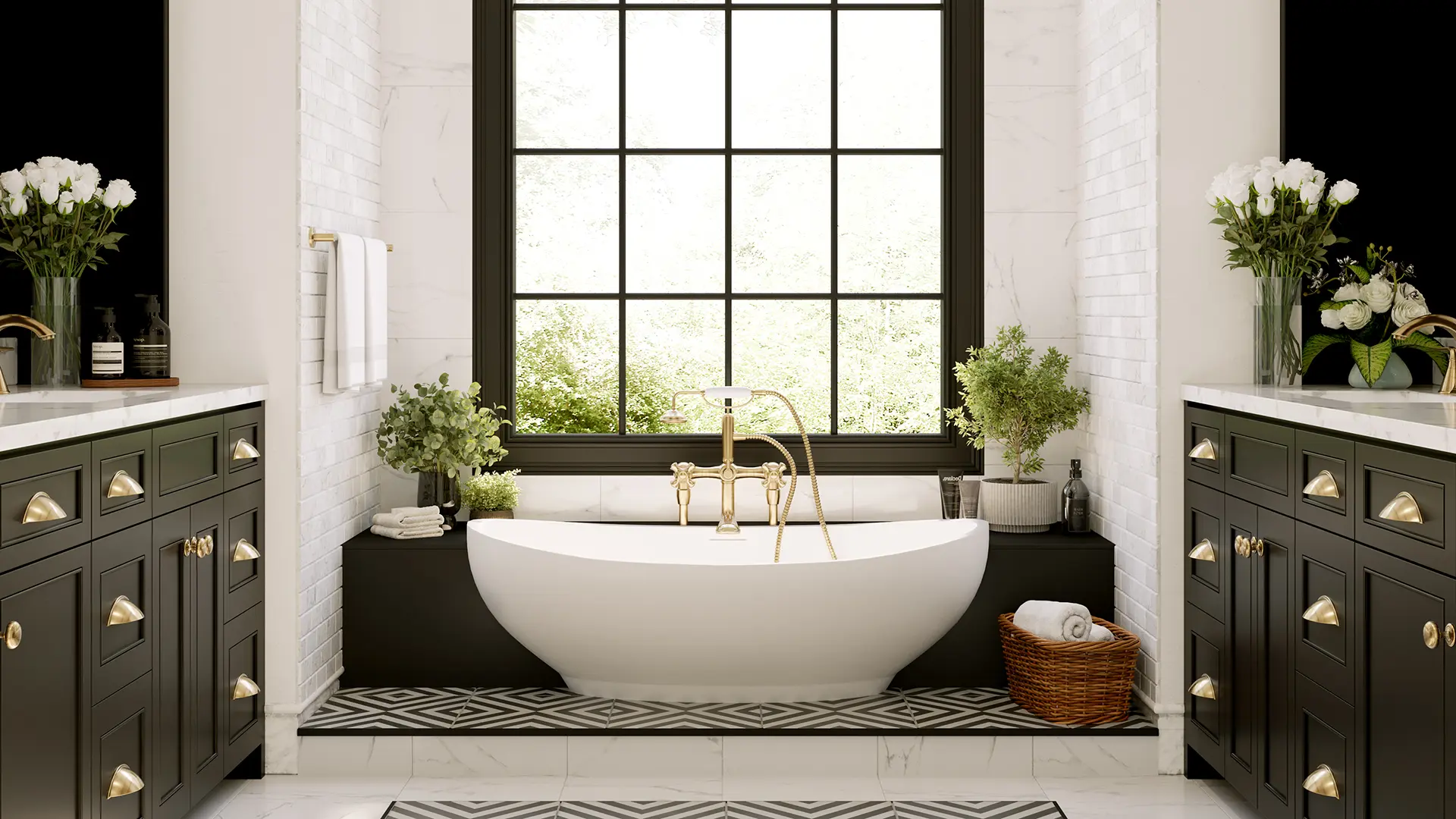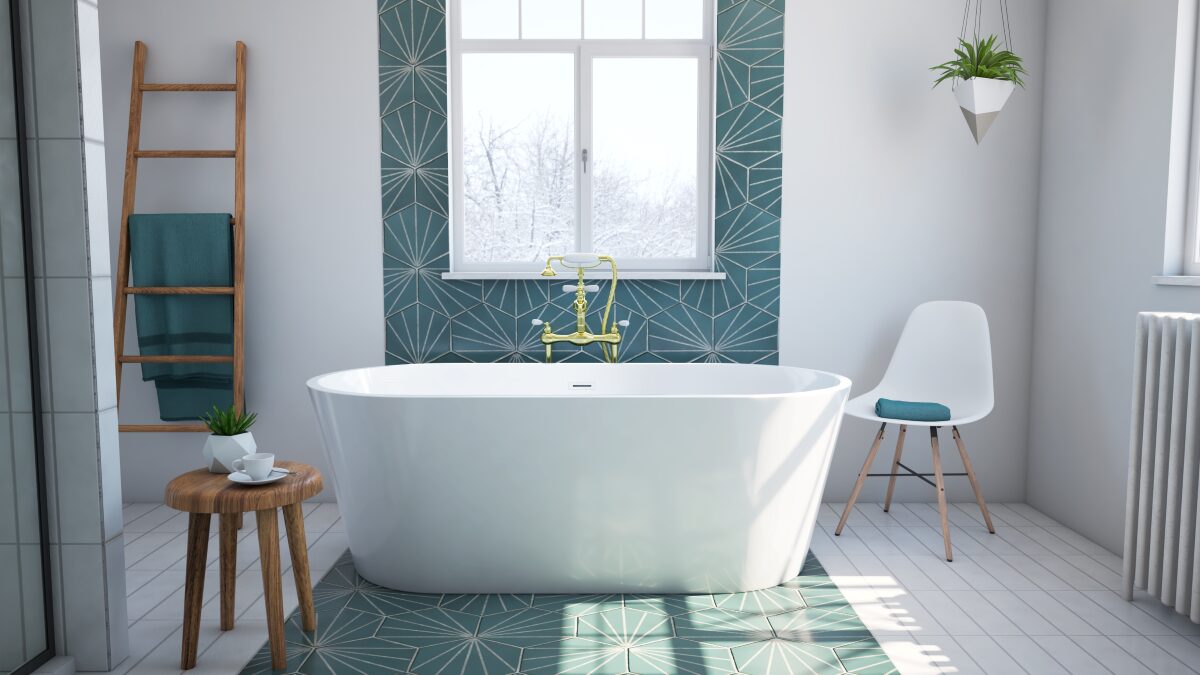The Bathtub Dilemma: Should Your Boston Bathroom Keep It or Lose It?
Deciding whether to keep a bathtub is one of the most significant choices in a bathroom remodel, impacting daily life and future resale value.
Introduction
At Golden Hammer Remodeling, we’ve guided hundreds of Boston-area homeowners through the complexities of bathroom design, and no question comes up more frequently than, “Should I get rid of my bathtub?” From growing families in Winchester needing a practical place to bathe their children to empty-nesters in a Back Bay condo dreaming of a spacious walk-in shower, the answer is never one-size-fits-all. The trend towards luxurious, spa-like showers is strong, yet the practical necessity and perceived resale value of a tub create a genuine dilemma. This decision is especially critical in the Boston market, where bathroom footprints are often constrained by historic architecture. This guide will provide a clear framework for making the right choice for your home, your family, and your future.

1. The Case for the Walk-In Shower: Luxury and Accessibility
The primary driver behind tub removal is the desire for a larger, more luxurious shower experience. A spacious walk-in shower with features like a rainfall showerhead, a built-in bench, and frameless glass doors can transform a cramped, utilitarian bathroom into a personal spa. For many of our clients, particularly in smaller city condos, removing a bulky tub-shower combo is the only way to achieve this.
Accessibility is another powerful motivator. For homeowners planning to age in place, a curbless or low-threshold walk-in shower is a near necessity. It eliminates the hazard of stepping over a high tub wall, a common site of household accidents. We’ve completed numerous projects in neighborhoods like Belmont and Wellesley where the primary goal was creating a safe, stylish, and future-proof bathroom for homeowners who intend to stay in their homes for decades to come.

2. The Argument for Keeping a Tub: Resale Value and Family Needs
The most common reason homeowners hesitate to remove their only bathtub is resale value. The long-standing advice from real estate agents is that a home needs at least one bathtub to appeal to the widest range of potential buyers, especially families with young children. While the market is shifting, this still holds true in many of Boston’s family-oriented suburbs. If you plan to sell your home within the next five years, and it’s the only full bathroom, removing the tub could be a financial misstep.
The second major consideration is your own family’s needs. If you have young children, or plan to, a bathtub is practically indispensable. Likewise, many people simply enjoy a relaxing soak. Before you commit to a tub-free life, be honest about your habits. If a weekly bath is your go-to method for de-stressing, you will regret its absence, no matter how beautiful your new shower is.

3. The Hybrid Solution: When You Can Have It All
|
Your Situation |
Our Recommendation |
Reasoning |
|
Primary bathroom in a condo |
Lean towards Walk-in Shower |
Maximizes space and luxury for the primary user. |
|
Only full bathroom in a suburban home |
Strongly consider keeping a Tub |
Protects resale value for families. |
|
Have another bathroom with a tub |
Feel free to choose a Walk-in Shower |
You have the best of both worlds. |
|
Planning to age in place |
Strongly consider a Walk-in Shower |
Safety and accessibility are paramount. |

4. The Boston Market Reality: What Local Real Estate Agents Are Seeing
The Boston real estate market has its own unique characteristics that influence the tub-versus-shower decision. We’ve consulted with numerous local real estate agents who work in neighborhoods from Cambridge to Concord, and the consensus is nuanced. In urban condos and apartments, particularly in areas like South Boston, the North End, and downtown Boston, the lack of a bathtub is rarely a deal-breaker. Buyers in these markets tend to be young professionals or couples without children who prioritize modern, spa-like amenities.
However, in the family-oriented suburbs—Newton, Lexington, Winchester, Wellesley, and Woburn—the story is different. Homes in these areas are primarily marketed to families, and the presence of at least one bathtub is still considered essential by most agents. If your home has multiple bathrooms, you have much more flexibility. Converting a master bathroom to a luxurious walk-in shower while keeping a tub in a secondary bathroom is often the ideal compromise. This approach allows you to enjoy the spa experience you crave while maintaining the broad market appeal that protects your investment.

5. Design Considerations: Making the Most of Your Choice
Once you’ve decided whether to keep or remove your bathtub, the next step is to design the space to maximize both function and beauty. If you’re opting for a walk-in shower, consider incorporating features that enhance the experience. A built-in bench is not only practical for shaving or simply relaxing under the water, but it’s also a critical safety feature for aging in place. Multiple showerheads—a rainfall head overhead and a handheld wand—provide a customizable experience. Frameless glass enclosures create a sleek, open look that makes even a small bathroom feel more spacious.
If you’re keeping or installing a bathtub, don’t settle for a basic builder-grade model. Modern alcove tubs are available in deeper, more ergonomic designs that make bathing a true pleasure. Freestanding tubs, while requiring more space, serve as a stunning focal point and come in a wide variety of styles, from classic clawfoot to ultra-modern sculptural designs. Whichever direction you choose, the quality of materials and fixtures will have a profound impact on your daily experience and the long-term value of your investment.
Ready to Make Your Decision?
The bathtub question is deeply personal and depends on your unique circumstances, your home’s characteristics, and your future plans. At Golden Hammer Remodeling, we’ve helped countless Boston-area homeowners navigate this exact decision, weighing all the factors to arrive at the right answer for their situation. Contact us today for a comprehensive bathroom consultation where we can assess your space, discuss your needs, and design a solution that you’ll love for years to come.
Frequently Asked Questions (FAQ)
1. Will removing my only tub really hurt my home's value?
2. What is a "wet room" and is it a good idea?
3. Are freestanding tubs comfortable for bathing?
4. How much more does a walk-in shower cost than a tub-shower combo?
5. Can you replace a tub with a shower in the same footprint?
6. What are some good alternatives to a full bathtub for bathing kids?
Blog
Looking for more insights? Explore our blog for expert tips, in-depth guides, and the latest trends.
Keep discovering more content to help you stay ahead!
